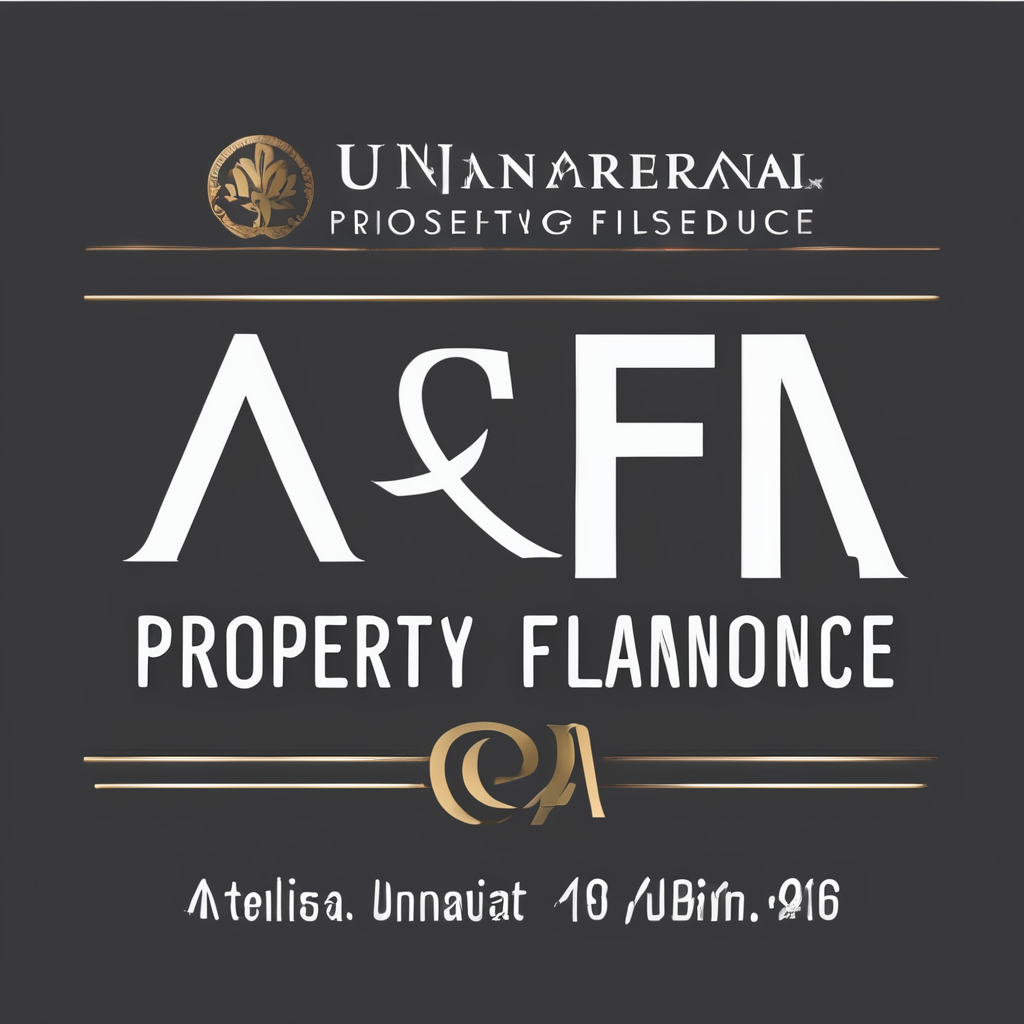Property development in the UK is witnessing a paradigm shift towards sustainability. As we all know, the need for sustainable practices is no longer a matter of choice, but a necessity. It has become a critical aspect of the decision-making process for property developers. A growing number of developers are embracing green practices in their projects, from the choice of materials to the design of buildings. But how can these developers finance their green projects? That’s where green financing comes into play.
Green Finance: An Overview
Green finance refers to the practice of providing financial investments to projects that are environmentally friendly. These include projects related to renewable energy, sustainable real estate, water management, and waste management. Green finance aims to support the transition towards a low-carbon economy, and it is a rapidly growing sector in the UK.
A lire aussi : What are the financial benefits of installing renewable energy systems in UK properties?
In the realm of real estate, green financing can significantly contribute to the construction of sustainable homes and buildings. By investing in green buildings, property developers not only contribute to environmental conservation but also stand to gain considerable financial benefits. Green buildings are energy-efficient, which translates to lower operating costs. Furthermore, they tend to attract higher rents and have better occupancy rates compared to conventional buildings.
Green Financing Options for Property Developers
There are several green financing options available for UK property developers. Traditional lenders such as banks and mortgage providers are now offering green financing options. These options come with lower interest rates, longer tenures, and favourable repayment terms.
A lire en complément : What are the ethical considerations in UK property investment?
One such option is the green mortgage. This type of mortgage is designed for properties that meet specific energy efficiency standards. Green mortgages often come with lower interest rates because they are considered less risky by lenders. Properties with high energy efficiency tend to have lower operating costs, which increases the likelihood of the borrower repaying the loan.
Another option is green bonds. These are fixed-income securities that are issued to raise capital for green projects. The funds raised from green bonds are exclusively used for projects that have a positive impact on the environment, such as the construction of energy-efficient buildings.
The Role of Government and Financial Institutions
The UK government and various financial institutions play a crucial role in promoting green financing. The government has implemented several policies aimed at encouraging property developers to adopt green practices. For instance, it provides tax incentives for companies that invest in energy-efficient properties.
Financial institutions, on the other hand, are devising innovative financing products to cater to the needs of green property developers. Green loans, for example, are specifically designed for financing green building projects. These loans often come with flexible repayment terms and lower interest rates.
Furthermore, some financial institutions offer advisory services to property developers. They provide guidance on how to obtain green certifications, such as the Building Research Establishment Environmental Assessment Method (BREEAM), which is a widely recognised green building certification in the UK.
The Future of Green Finance in the UK Property Market
The future of green finance in the UK property market looks promising. The market is expected to grow significantly in the coming years due to growing awareness of sustainability and the increasing demand for green buildings.
Additionally, the introduction of green building regulations by the UK government is anticipated to drive the adoption of green finance. These regulations mandate property developers to adhere to certain energy efficiency standards, which can be achieved through green financing.
However, advancing green finance in the property sector requires concerted effort from all stakeholders. Property developers, financial institutions, and the government need to work together to create an environment conducive for green finance. This includes providing education and awareness about green finance and its benefits, creating favourable policies, and developing innovative green financial products.
In conclusion, green finance presents a viable solution for property developers looking to invest in sustainable properties. It not only provides financial benefits but also contributes to environmental conservation. With the right policies and incentives in place, green finance has the potential to transform the UK property market, making it more sustainable and resilient. As a property developer, green finance is a trend you cannot afford to ignore.
Green Finance: A Tool for Tackling Climate Change
Green finance isn’t just about making profits; it’s about making a difference. It has quickly emerged as a powerful tool for tackling climate change, enabling property developers to contribute to global efforts to reduce carbon emissions.
Real estate, particularly in urban areas, plays a critical role in carbon emissions. According to a report by the International Energy Agency, buildings and building construction sectors combined are responsible for 36% of global energy use and nearly 40% of the carbon emissions. Therefore, transitioning to energy-efficient buildings can significantly cut down on carbon emissions, helping the UK meet its climate targets.
Green finance is a cornerstone of this transition. By providing access to capital, green finance enables property developers to invest in energy-saving technologies, environmentally friendly materials, and sustainable design principles. Over the long term, these investments can lead to substantial energy savings and emissions reductions.
For instance, green mortgages can be used to finance the construction or renovation of energy-efficient homes. These properties not only have a smaller carbon footprint but also yield economic benefits such as lower energy costs. Similarly, the funds raised from green bonds can finance large-scale green projects like the construction of LEED-certified buildings or renewable energy installations.
Green Finance: Part of a Broader Sustainable Future Mission
Green finance is part of the broader mission to transition towards a sustainable future. It is an integral component of a comprehensive finance strategy designed to support environmental, social, and governance (ESG) goals.
In the real estate sector, there is growing recognition of the role of sustainability in value creation. Green buildings not only reduce environmental impact but also deliver numerous benefits, such as improved health and wellbeing for occupants, enhanced property value, and increased competitiveness in the market.
To harness these benefits, property developers need to view their profile from a sustainability perspective. Green financing options, such as green mortgages and green bonds, can make this transition easier and more affordable.
Moreover, green finance is becoming a competitive differentiator in the property market. With consumers, investors, and regulators increasingly demanding sustainable practices, property developers that incorporate green finance into their business model stand to gain a competitive edge.
For instance, properties linked with green mortgages often enjoy higher occupancy rates and command higher rents due to their energy efficiency and lower operating costs. Similarly, green bonds can enhance a company’s reputation, making it more appealing to investors who are keen on environmental stewardship.
Conclusion: Embracing Green Finance for a Sustainable Property Sector
In conclusion, leveraging green finance is crucial for property developers to stay ahead in the increasingly green-conscious property market. By investing in green projects and adopting sustainable practices, developers can contribute to the fight against climate change while also securing a robust financial future.
Green finance is more than just a trend. It represents a paradigm shift in how we think about finance and its role in society. It is no longer enough to focus on financial returns; social and environmental returns are equally important.
The UK property sector is at the crossroads of this transformation. With the right strategies and incentives, it can lead the way towards a low-carbon, sustainable future. By embracing green finance, property developers can turn the challenge of climate change into an opportunity, creating value for themselves, their stakeholders, and the planet. The future mission is clear: build green, finance green, and live green.






